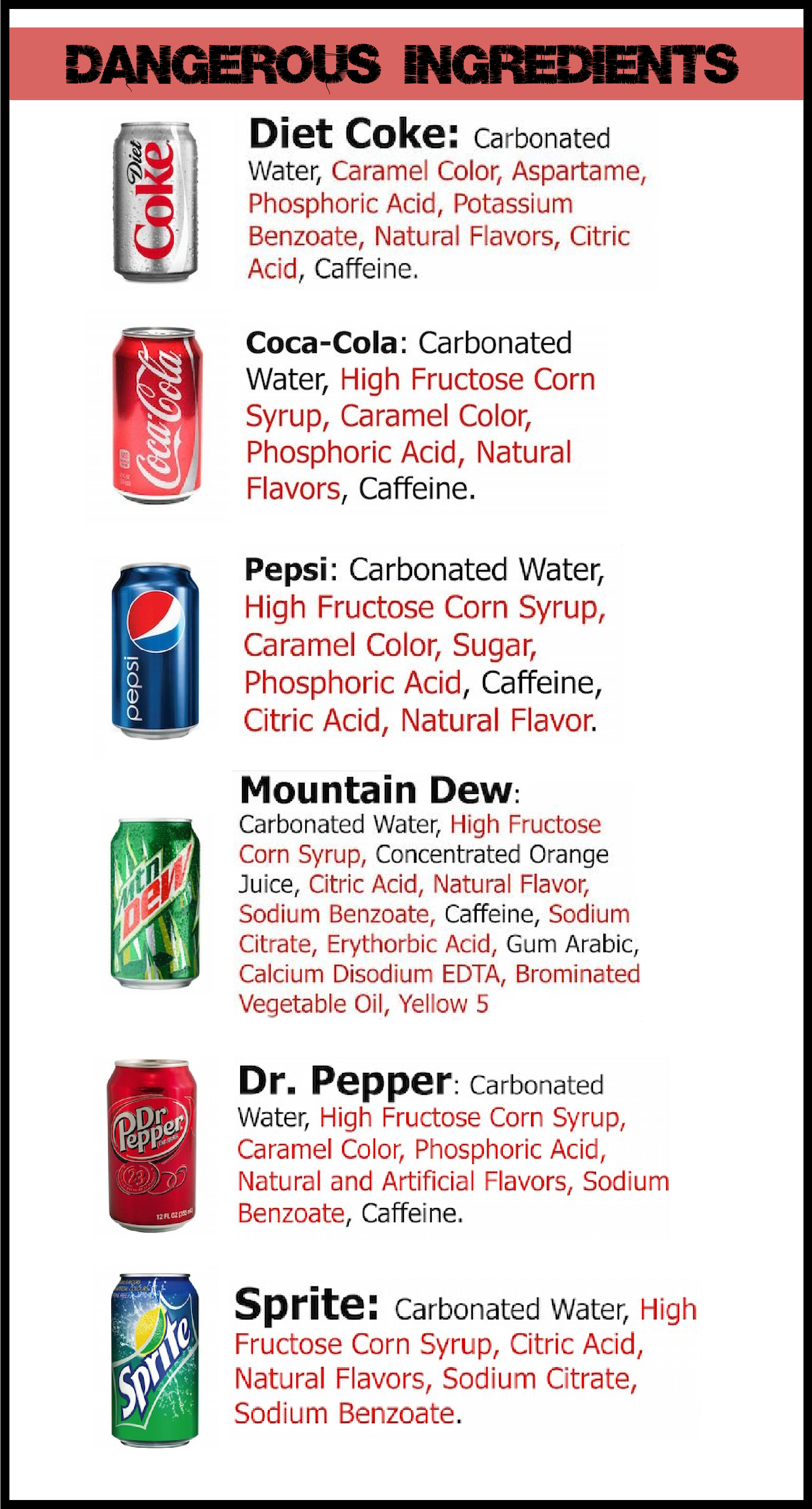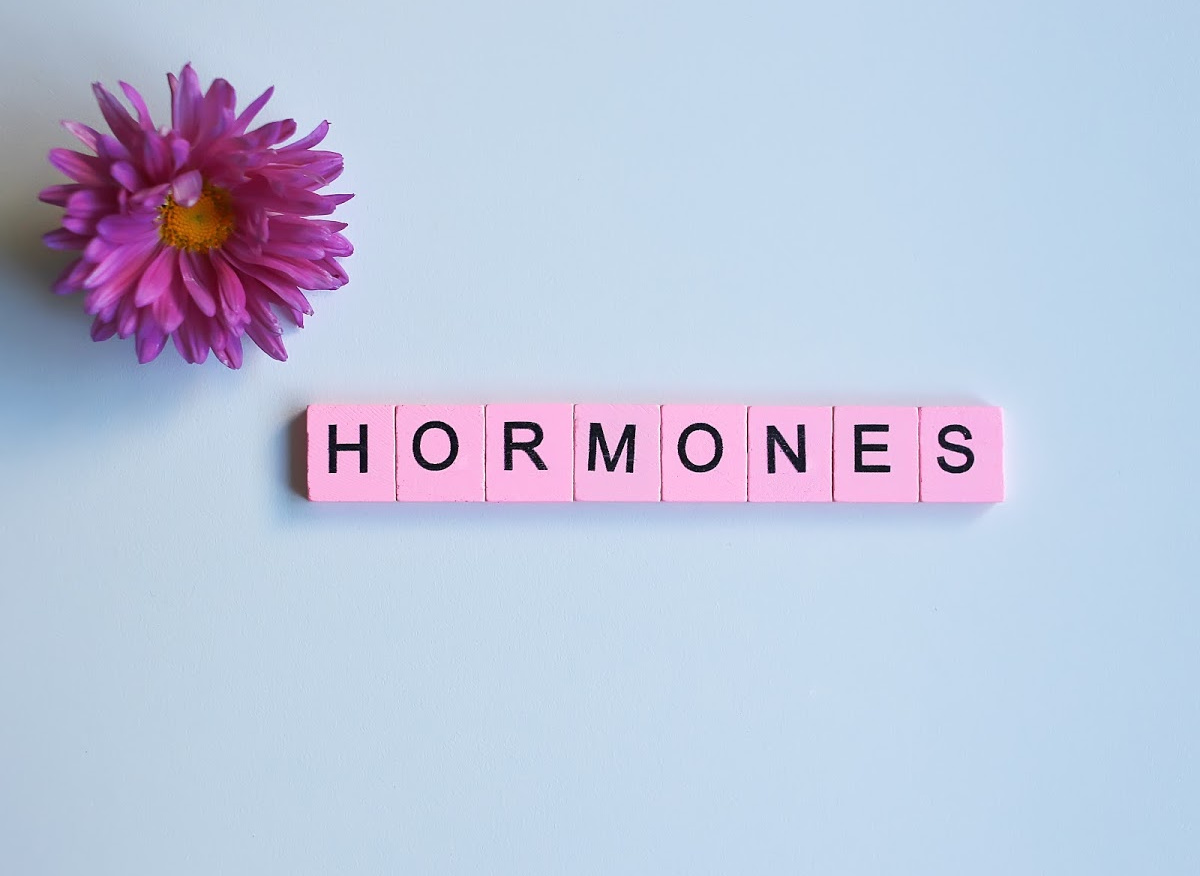Not too long ago, I walked out to my car to find my husband had parked right behind me. Growling, I stomped back into the house, ripped his keys from the counter, and stomped back out to move his truck. When I returned, slamming the door for good measure, he stared at me in shock while I tried not to cry. I was enraged, and I really wanted a Dove chocolate bar.
I was irrational. I knew it. He knew it, too. I could tell because after the whiplash wore off, he looked up at the ceiling (anywhere but me). His lips began to move as he counted quietly. He wasn’t counting for patience—he was counting the days of the month. It was an innocent action. Really, he just wanted to understand.
“Yesssssss!” I said, all serpent-like. “I’m PMS-ing! Happy?”
Some months are good, and some months are just like this one. PMS is normal, but that doesn’t mean it’s something we all have to live with. Conventional medicine claims that the exact cause of PMS is unknown. We at Forum Health Clarkston like to rely on the Functional Medicine approach that has found the underlying causes to the premenstrual mood swings, bloat, and pain. The good news is that there is a solution.
It starts in your diet.
It isn’t a coincidence that Premenstrual Syndrome (PMS) just happens to strike right when our hormone levels, including estrogen and progesterone, are fluctuating. The two hormones need to stay balanced as they work together, sending chemical messages to the body’s organs and preparing for menstruation.

When the balance is off watch out, world. The results wreak havoc on the body through pain, inflammation, mood swings, cravings, acne, and bloat. And guess who suffers: Everyone in your path.
What happens?
Excess estrogen is eliminated through two primary pathways: the liver and the digestive tract. When the body’s natural balance is disrupted by poor diet, weight gain, and lack of exercise, so is its natural ability to function. When the liver and digestive tract cannot function properly, the estrogen cannot be expelled from the body. Instead, it is then circulated back into the bloodstream. Because the body does not stop producing it, the result is estrogen dominance, or to put it simply, bad estrogen.

What can be done?
So how can you treat your PMS naturally? Aside from a trip to your nutritionist, while you wait to get in, a major change starts with your diet. In order to get that excess or bad estrogen out of your body, there are a few remedies at home that you can do to start the process.
Try and get at least 30 grams of fiber per day. Foods high in fiber like split peas, broccoli, lentils, and even raspberries help maintain proper hormone balance by binding to the estrogen and carrying it out of the body through the digestive tract. Foods high in omega-3 fats, like wild-caught salmon, help reduce inflammation and pain.
Put some ground flaxseed in your morning protein shakes to promote healthy estrogen metabolism. Remember your B vitamins! Foods rich in B vitamins like eggs, cottage cheese, and grass-fed beef help reduce mood swings and fatigue.
Look, we all have premenstrual moments we’d like to forget. Some months are glorious. Other months, we’re animalistic, huddled over in pain, and hugging a tub of Ben and Jerry’s. The key to moving forward is to get to know your body and understand the patterns. With that kind of lifelong education, you’ll always know how to get relief.
Adrian Schirr
Forum Health Clarkston
7300 Dixie Hwy, Suite 500, Clarkston, MI 48346
248-625-5143






